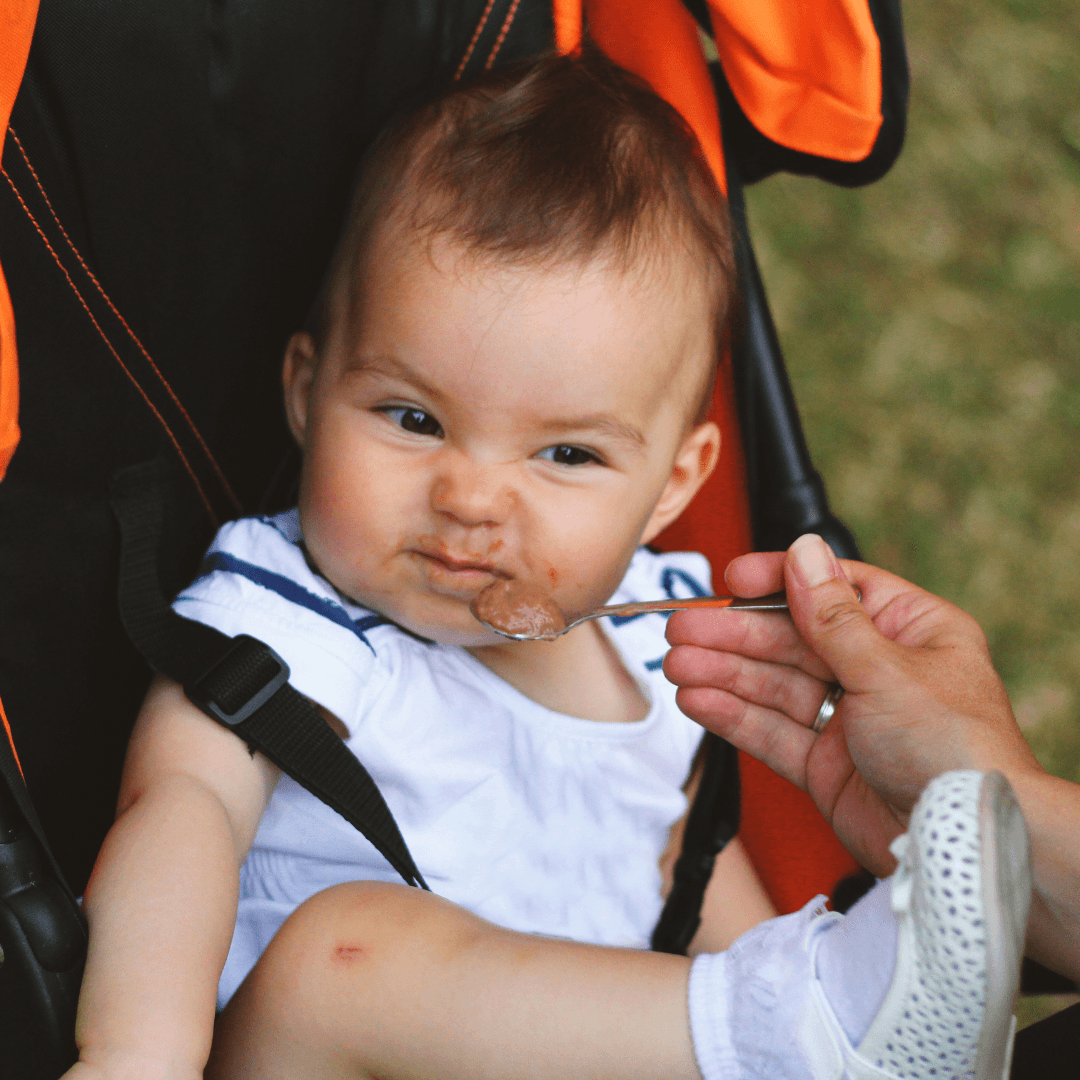
A 'milk storage bag' is a storage container that can store expressed breast milk. These comes in the form of a disposable plastic bag, so you can refrigerate or freeze breast milk.
If you are feeding your baby within 30 minutes of expressing the breast milk, there is no need to refrigerate it. Note that guidelines for breast milk storage time vary slightly by association and country. According to the American Breastfeeding Bank Association, breast milk is safe for full-term babies after up to 4-8 hours at room temperature, but it is better to be careful. For example, in the summer, milk should not be left for more than 1 hour at room temperature!
However, if you want to store breast milk for a long time, or in situations where direct feeding is difficult, many mothers choose to use a milk storage bag.
Many newborn mothers are confused on how to use the breast milk storage. Of course, it's an process many have never experienced before. Today, through photos, we will take a detailed look at the 6-step process of storing expressed breast milk in a storage bag!
6 Steps to Properly Storing Expressed Breast Milk
Step 1. Wash your hands after sterilizing the breast pump.
Before using the breast milk storage bag, please check the hygiene of the breast pump and bottle first! Sterilise breast pump funnels, tubes, and baby bottles with hot water.
Boiling water sterilisation is the process of sterilising related products by immersing them in boiling water for about 5 minutes. Silicone types such as pacifiers are sterilised in boiling water for 30 seconds and then removed immediately.
Washing your hands is just as important as sterilising the breast milk collection products with hot water. Washing your hands 1) before feeding, 2) before storing the milk in the breast pump, and 3) before using baby formula helps to prevent infection. If you are returning home, please change into your indoor clothes, wash your hands, and sterilise your equipment before preparing to express breast milk.

Step 2. Cut the top of the breast milk storage bag.
Did you collect the expressed breast milk in the bottle? Now it's time to cut off the top of the breastmilk bag. It is easier to transfer breast milk if you cut the bag cleanly and straight across. If breast milk gets on the top of the storage bag and needs to be wiped off, bacteria can grow in that area.

Step 3. Opening the breast milk storage bag and putting in breast milk.
This is the process of opening the breast milk storage bag and pouring in the breast milk. Please do not put your fingers inside the storage bag. Especially in the summer months, just a few germs on your fingers can spoil your milk. Spoiled breast milk can cause thrush or enteritis in the baby, so rub the sides of the breast milk storage bag to open it at the top.

Step 4. Opening the storage bag while evacuating the air.
When you have put all the breast milk in the storage bag, close the storage bag while evacuating extra air so that it isn’t inflated. When there’s air left in the bag, the chance of rancidity increases when you later freeze and thaw the breast milk.

Step 5. Refrigerate the breast milk by laying it flat on the bottom so that it does not clump.
The milk will collect at the bottom of the storage bag. Breast milk that is tilted to one side does not dissolve well when thawed. You can freeze breast milk into a thin layer by laying the breast milk storage bag flat in your freezer. Therefore, the milk can be thawed quickly if needed.
Step 6. Write down the date, volume, and condition of breast milk stored.
Write down the date, volume, and condition of stored breast milk with a name pen on the storage bag. For example: “Save immediately after expressing 50ml at 11:30 am on July 11”, or “Frozen after 1 day in the refrigerator at 1pm on July 13”. These labels are more helpful if you write them specifically. This way you know if, for example, the breast milk was first stored in the refrigerator and then moved to the freezer, making the shelf life very short.
# Parenting advice from Director Hyang-Hwa Kwon
When storing breast milk, use the shelves inside of the freezer rather than the door. It's a good idea to organise one of the freezer compartments in advance. To store breast milk, first organize the food in the freezer so that it is easy to clear the perfect space for your milk. If you put your milk in the door, the milk melts and refreezes every time you open or close the door.
Be sure to store breast milk carefully!
---------------------------------------------------
Author: Kwon Hyang-hwa
- Newborn Childcare Coach
- IBCLC International Breastfeeding Specialist
- Worked as the director of a postpartum care center for 10 years.







